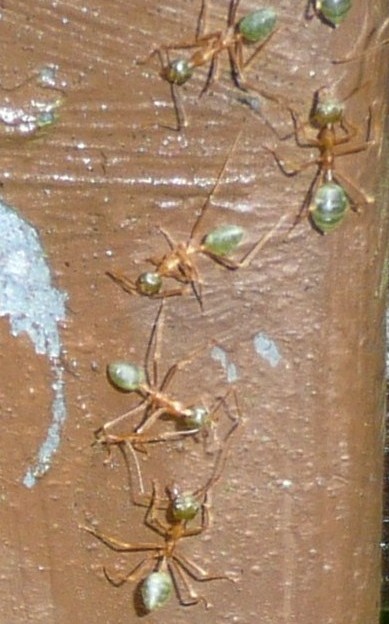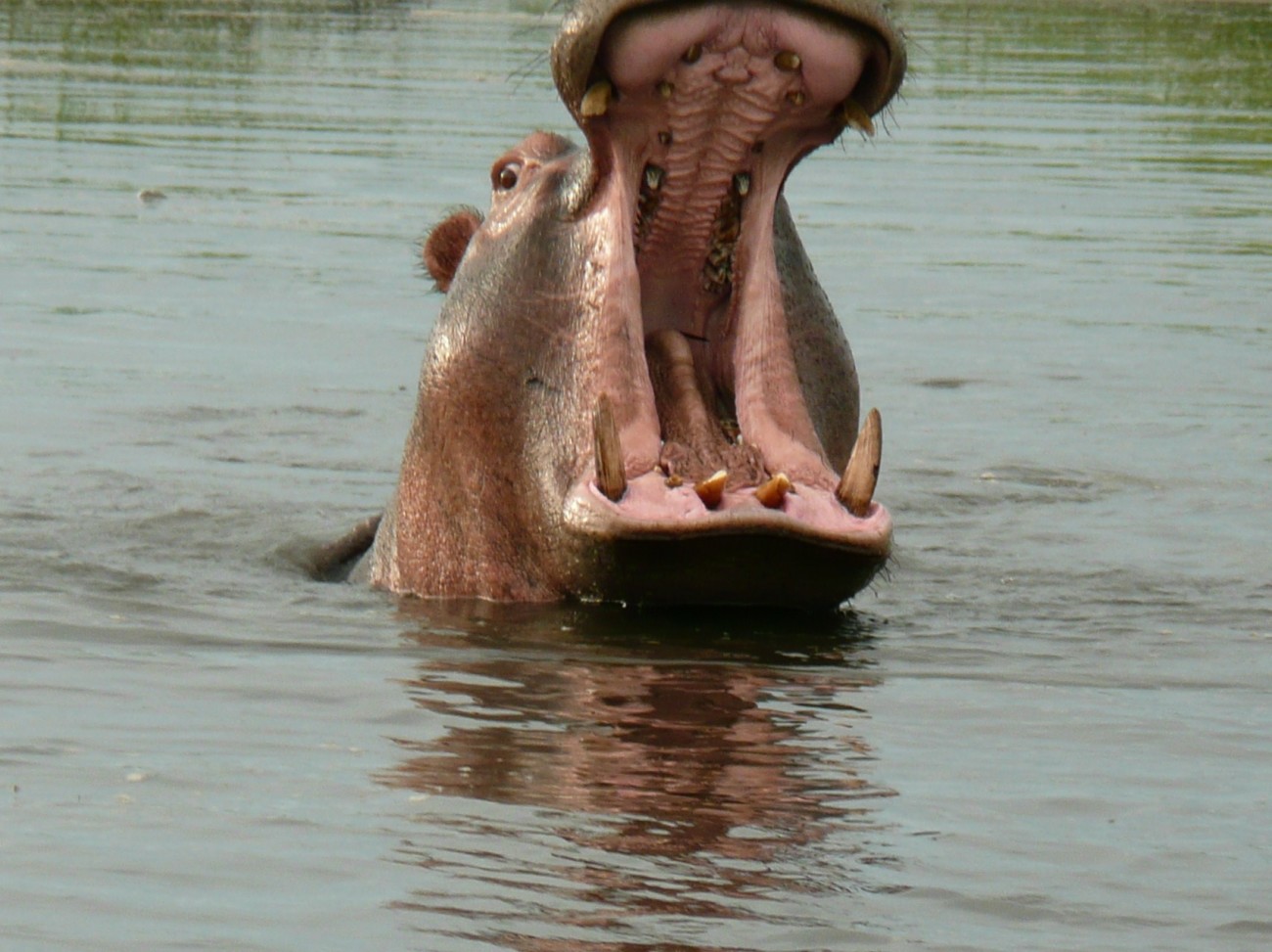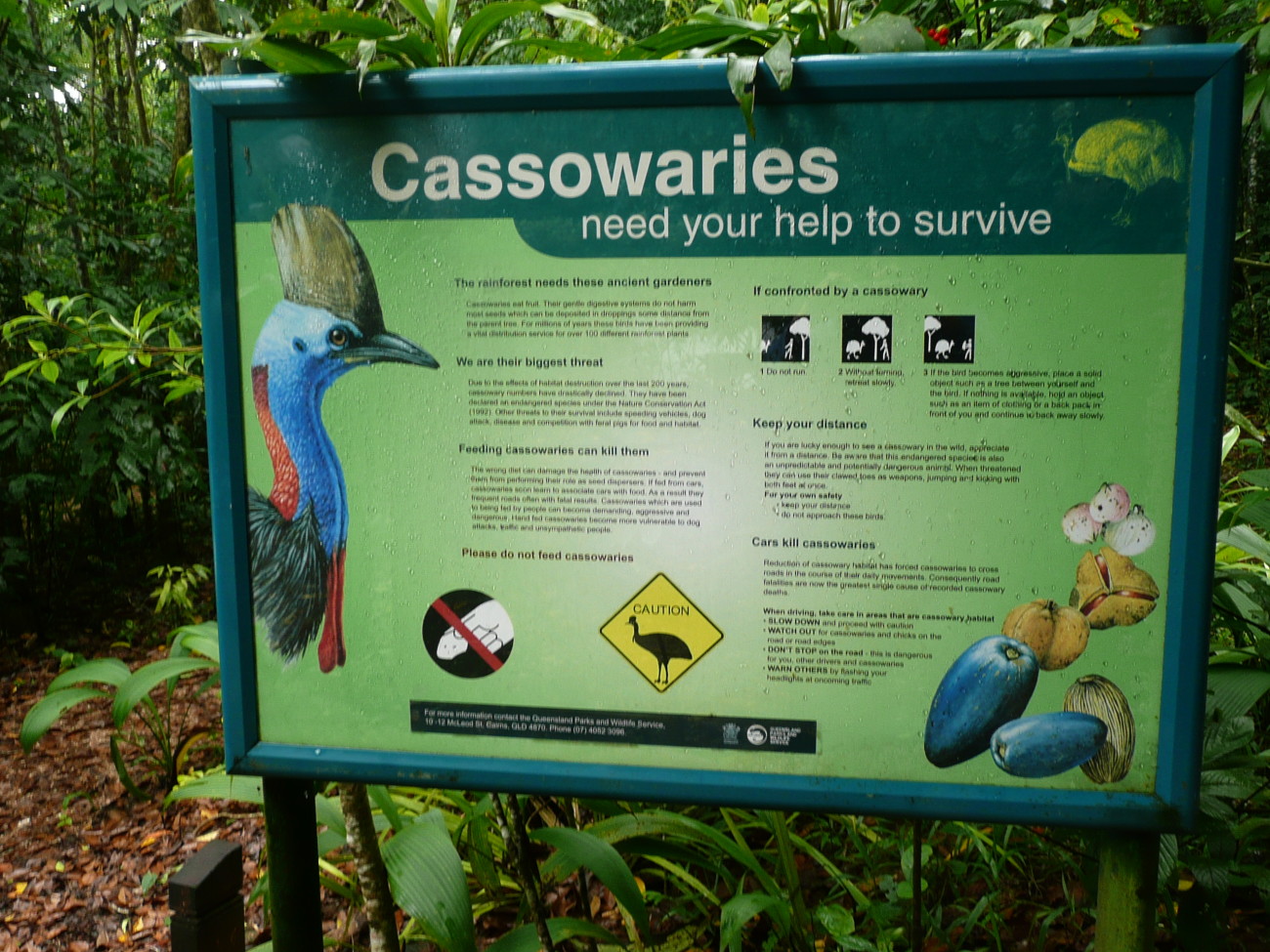
by Loti | May 10, 2013 | Africa, Animals, Keystone Species, Thailand
Thailand. I can’t imagine what a starfish (shown in the photo with some other shells I found in Thailand) and an elephant might have in common. But they are both keystone species. So what is this new species? (And why have I never heard of it?) Think of an arch of stones with a stone at the top, the keystone. Without the keystone, the arch collapses. A keystone species (a plant or animal) acts as the top stone, playing a critical and unique role in maintaining the structure of an ecosystem. This concept was conceived by Robert Paine, a zoologist, back in 1969. Back then, he was studying tidal waters inhabited by starfish and mussels off the Pacific coast. The starfish (the only predators of the mussels) kept the mussel population in check. When he removed the starfish from the ecosystem, the mussels took over, crowding out all the other species and the ecosystem collapsed. The starfish (it turns out) were critical to the health of their ecosystem. In much the same way, the elephants in Africa eat and destroy small trees making room for the grasses for the grazing animals to eat. Without the elephants, Africa would become a woodland and no longer provide grasses for the zebra, wildebeests and other animals. So both the starfish and elephant are considered keystone species along with mountain lions, beavers, the sugar maple, grizzly bears and a host of others. Lions and tigers and bears, oh my!...

by Loti | May 8, 2013 | Animals, Art, Food, United States
Maine. Lobsters are harvested in Maine by traps set in the coastal waters with each trap attached to a floating buoy. Looking closely at the photo, you notice the buoys all have different color schemes and striping. That’s because each lobster fisherman has his/her own colored buoy which is helpful when you have up to 800 lobster traps (the maximum allowed by law) attached to your buoys. With over 3 million buoys in Maine waters alone, a whopping 126 million pounds of lobster was harvested in 2012. Just a few hundred years ago, lobster were used as fertilizer and considered a poverty food. Today they are not only expensive, but scientists are finding lobsters have some very interesting anti aging properties. Move over Botox! Lobsters apparently age very slowly, if at all. An enzyme named telomerase is responsible which repairs the lobster’s DNA. As a result of this enzyme, it is possible (although improbable) they could live forever if not injured or captured. Pretty cool if you are a lobster. Just last year, scientists figured out how to tell a lobster’s age by the number of rings in its eyestalk (the stalk connected to the eyeball). With research continuing on this important enzyme, we will be hearing more about it. Who knows, a drink called the fountain of youth made with lobster bits may be on the horizon. Yum! ...

by Loti | May 8, 2013 | Australia, Food, Insects
Australia. These are the coolest ants I have ever seen. This photo was taken in a rain forest near the Great Barrier Reef in northern Australia. Known as weaver ants, they live in trees, in nests made of leaves woven together with silk. Silk? Where in the world do they get it? I thought only silkworms made silk. This is where the story gets interesting. Adult ants can’t make silk (well of course I knew that. Not!). But the larvae produce it (of course). So the adults grab a larvae and gently (so as not to kill it) squeeze the larvae which secretes a drop of silk. The silk is deposited along the edge of the leaves to make them stick together (kind of an ant version of super glue). And a remarkable cooperative behavior is seen among the ants when constructing their nests. Not only do they use the larvae as tools to stick the leaves together, they pull the leaves closer to each other by forming ant chains. They grab the ant in front of them around the waist and form long lines stretching between leaves and pull to force the leaves together. Large colonies can involve multiple trees, numerous nests and millions of ants. So ants exhibit some very cool, complex social behaviors. And some folks eat the ants as part of their diet. I am told they taste like lemon. Think I’ll pass on this one. Athough as a flavoring for bird drop soup, maybe…. ...

by Loti | May 3, 2013 | Africa, Animals
Africa. Hippos kill more humans than any other animal in Africa. So why am I in a small metal boat looking down the jaws of this hippo in a river in Botswana? Well, at the time, I had no idea they were so dangerous. And this yawn is one of their most aggressive postures. Meaning get the hell out of here. As the 3rd largest land mammal (behind elephants and rhinoceros) they spend most of their day submerged in African rivers and graze at night on the grasses surrounding the river. They can easily outrun a human and think nothing about biting a crocodile (or person, for that matter) in half. Yikes! And Hippos ooze this really cool liquid that acts as a sunscreen, insect repellent and antibiotic (for healing all the bite wounds they get when fighting each other). Sounds like we need to bottle the stuff for people (and there is actually research on the liquid being done today so stay tuned on the medical front. Hippos are so dangerous, the late Steve Irwin, known as the Crocodile Hunter, considered a 5 minute river crossing full of hippos the most dangerous segment ever filmed on his show. Pretty amazing considering he met a lot of wild animals. And although our boat ride turned out ok, numerous folks have been killed in boats by hippos. So maybe a little more research next time. But then I wouldn’t have gotten this great photo……...






